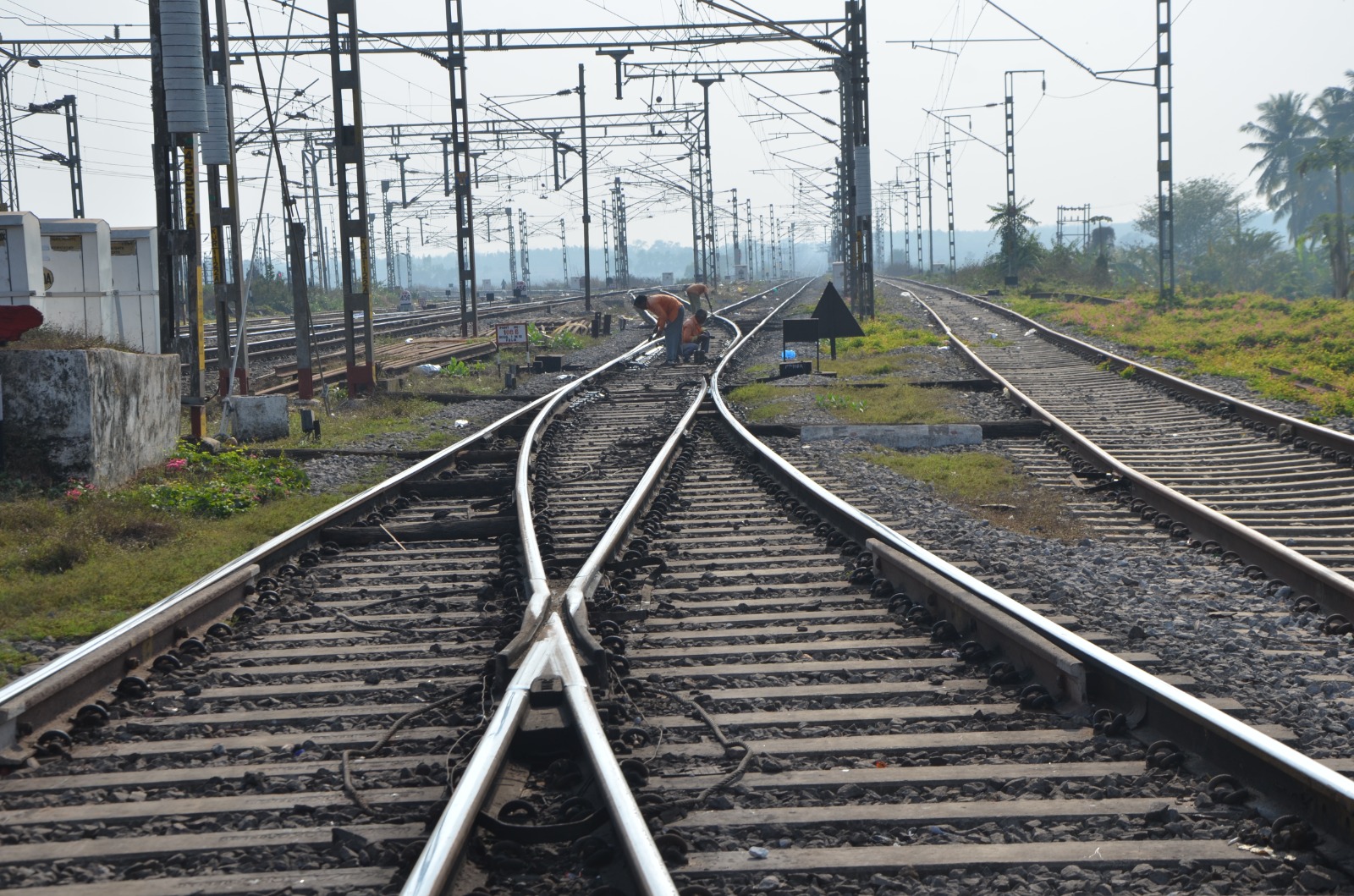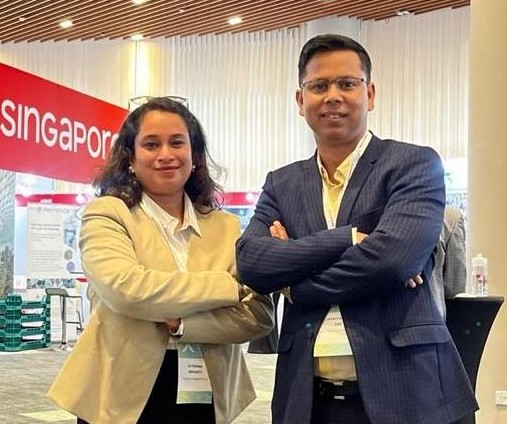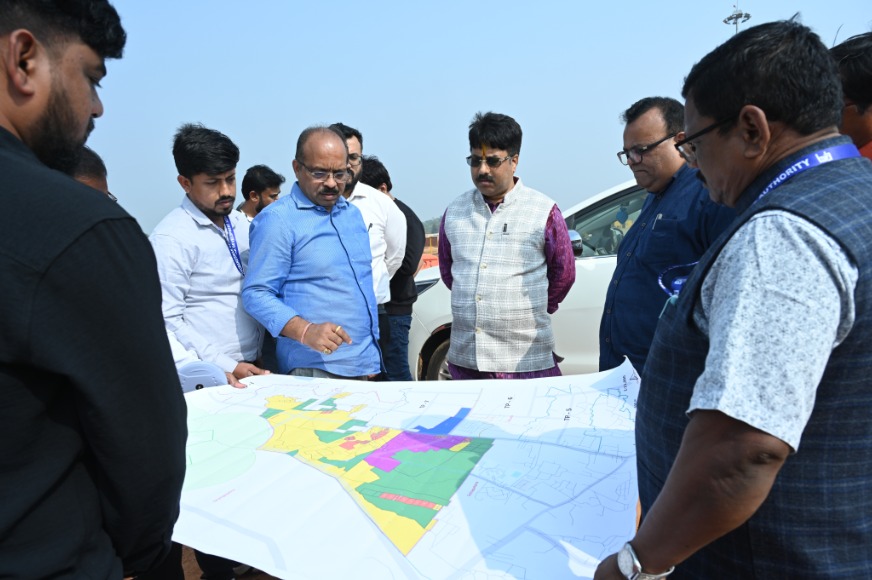New Delhi: In a landmark move to enhance transportation efficiency, reduce logistics costs, and promote sustainable development, the Cabinet Committee on Economic Affairs (CCEA) chaired by Prime Minister Narendra Modi has approved four major multitracking projects for Indian Railways, with a total investment of ₹18,658 crore. These projects aim to boost line capacity across critical freight and passenger routes in Maharashtra, Odisha, and Chhattisgarh, adding approximately 1,247 kilometers to the national rail network.
This ambitious initiative is a key component of the PM Gati Shakti National Master Plan for multi-modal connectivity and is designed to improve mobility, streamline supply chains, and support India’s journey toward ‘Atmanirbhar Bharat’ and climate goals.
Projects to Unlock New Economic Potential
The four approved projects include:
-
Sambalpur – Jarapda (3rd and 4th Line) – ₹3,917 crore (277 km)
-
Jharsuguda – Sason (3rd and 4th Line) – ₹1,187 crore (87 km)
-
Kharsia – Naya Raipur – Parmalkasa (5th and 6th Line)
-
Gondia – Balharshah (Doubling)
These multitracking routes are strategically chosen to ease congestion on some of the busiest corridors, especially those serving mineral-rich and industrial belts, and will support the transportation of key commodities such as coal, iron ore, steel, cement, fertilizer, limestone, and agricultural products.
Massive Impact on Employment, Connectivity, and Logistics
-
The projects are expected to generate about 379 lakh human-days of direct employment during construction.
-
They will improve connectivity across 15 districts, touching approximately 3,350 villages and impacting 47.25 lakh people.
-
They will also enhance access to two Aspirational Districts — Gadchiroli and Rajnandgaon, and involve the construction of 19 new railway stations.
Significantly, the Kharsia – Naya Raipur – Parmalkasa project will open up connectivity to emerging areas such as Baloda Bazar, potentially attracting new industrial and cement manufacturing units.
Once completed by 2030-31, these infrastructure upgrades will handle an additional 88.77 million tonnes of freight annually, strengthening India’s economy and reducing bottlenecks in cargo movement. These corridors will also help fast-track passenger trains, improve punctuality, and raise service reliability.
According to projections, the increased efficiency will help India save 95 crore liters of oil, cut CO₂ emissions by 477 crore kg, and generate a positive environmental impact equivalent to planting 19 crore trees.
Drastically improving logistics efficiency, the projects align with the government’s vision for integrated planning under Gati Shakti, ensuring better coordination between transport networks and industrial development. The Gondia – Balharshah doubling project, for instance, will help improve connectivity in key industrial and forest regions of Maharashtra, supporting both economic activity and forest-dependent communities.
By integrating environmental sustainability, economic upliftment, and technological advancement, the multitracking projects mark a significant step toward making Indian Railways a world-class, energy-efficient transport system.





